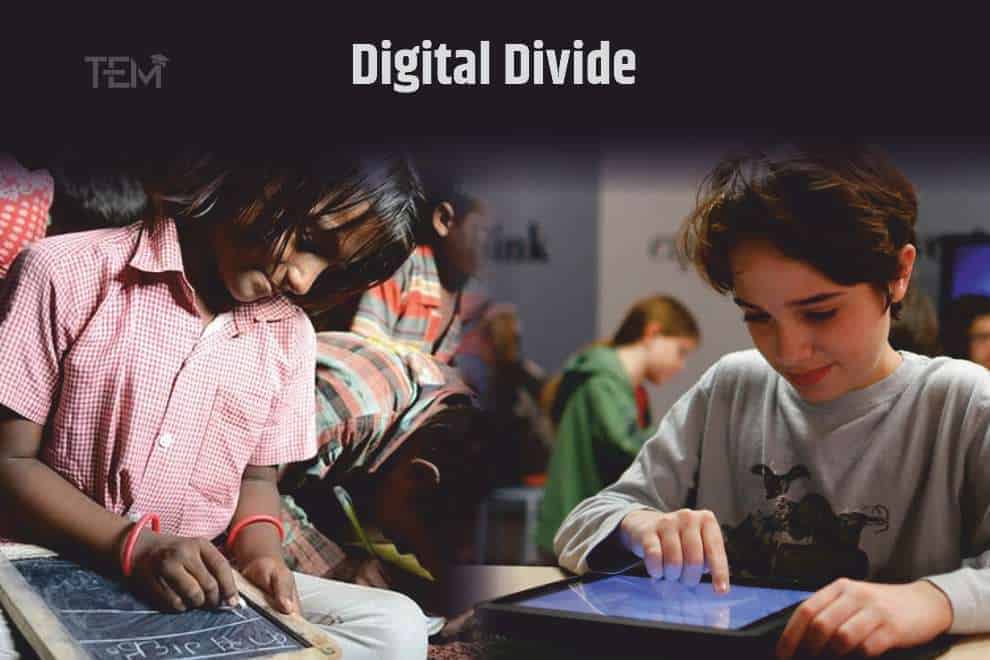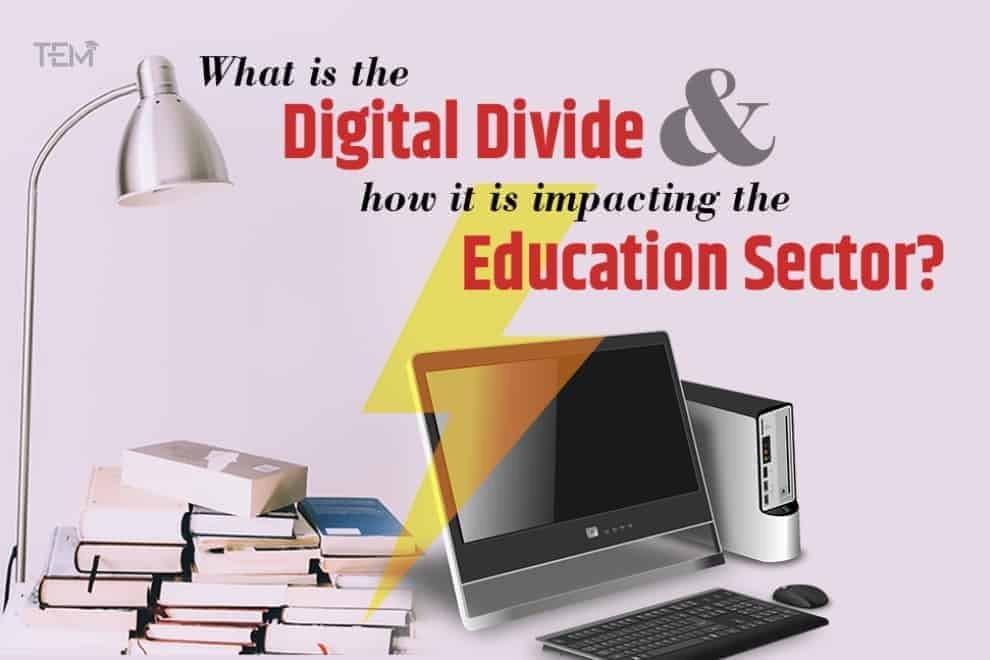Digital divide is a term generally referred to in the education sector to showcase inequalities in physical access to technology as well as the imbalances in resources and skills needed to effectively participate as a digital citizen. But to understand comprehensively what digital divide is, we must understand the effect on technology on education.
Effects of Technology in Education
Technology has played a prominent role in the development of numerous industries and restructured many businesses today. Still, the impact of technology cannot be measured because it is still transforming the way we do everything. Just like every coin has got two sides, technology in the education industry has its own challenges.
The education industry is undergoing a transformation because of new technological breakthroughs. This resulted in affecting and impacting the way things are presented and taught in the classroom to the students. Today, it has become a vital ingredient to learning at all educational levels. However, a gap in access to the internet between rich and poor families is leading to dramatic disparities in educational success. This gap has come to be known as the ‘digital divide’.
What is the digital divide?
Digital divide or the digital split is a term that refers to the gap between demographics and regions that have access to modern information and communications technology, and those that don’t or have restricted access. These technologies are a smartphone, television, personal computers, and the internet. Despite the developments made in technology, students are still not getting the benefits of it. They are not receiving the education that can help them survive in today’s tech-world. Other factors fuelling this gap are poverty and poor infrastructure, corruption, and bureaucracy as well as education and technical support. Therefore, it’s imperative for educators to be aware of the potential barriers to technology and internet access that students may face.
Caught in the Digital Divide
In the 21st century, knowledge, information, and a highly skilled labor force are increasingly significant determinants of growth in the global economy. But, the digital split is increasing the gap, thereby, barricading students to receive the learning aids. Today, the most discussed issues in the education sector are the availability of access to the internet and technology at an affordable cost with good quality.

Since rich people have the money to purchase, they get easy access to the latest technology and get the hold of the best available learning aids. As a result, they gain excellence in education while the poor stayed stuck to outdated old ideas to stagnate. Apart from this, students from poor neighborhoods could not gain admission in schools that were adamantly embracing ICT; thus they remained exclusively for the affluent in the society. For children in low-income school districts, inadequate access to technology can obstruct them from learning the tech skills that are crucial to success in today’s economy.
What are its implications?
The massive digital divide gap in education means that it is a great hindrance to the development of the underdeveloped areas. The people living in underdeveloped areas are not capable of inventing new technologies and conducting researches aimed at promoting the living standards of the populations. The digital split not only impacts the future of young minds but also reduces the chance of having a great career. As a result, students from different backgrounds, geographies, communities, lose their chance to develop innovative solutions and be responsible citizens.
Why is it important to bridge this gap?
Now, the question arises is why is it so important to bridge this gap. By closing this gap, there will be a positive impact on countries and people. Through the use of the internet and technology, students will be able to create a significant difference in a community by learning new ways to tackle the issues, working together to achieve a common goal, thinking creatively to develop solutions to complex problems, and finally, making the world a better place for living. The upcoming generation of students will experience better learning as they can better access and use various learning tools available on the internet. This, in turn, will diminish the gap between the rich and the poor. Also, the poor will be able to learn better ways to empower themselves. Lastly, it will improve digital literacy capacities all over the world.
Bridging the Gaps
Digital Divide has become a hot topic for discussion for today’s leaders now. It has become necessary for these leaders to provide such solutions that can address this gap. It doesn’t matter from where the solutions come, what matters most is it should conquer the mountains of obstacles that exist today. In the end, all that matters is that the digital gap should be closed for development of people and countries. Following are the ways that can lessen the impact of the digital split in the education sector:
- Developing countries need to explore new ways to expand information infrastructure, increase access by improving markets, and reduce the cost of service, especially for Internet access.
- Providing alternative solutions that are cost-effective and affordable for people.
- Assigning a laptop, tablet, or similar device to each student to support them.
- Offering wireless access in study halls, the cafeteria, and the library throughout the day.
- Promoting digital literacy through campaigns or incentives
- Forming partnerships with successful entities and robust networking

The initiative was taken by Governments and Countries
Governments of different economics have taken many initiatives to address the challenges of the digital divide. The Indian government has Digital India Campaign to increase internet connectivity and make the country digitally empowered in the field of technology. The US government has created programs like The Community Technology Center’s program and The Neighboorhood Networks Program.
To wrap up, technology has become an integral part of living in the 21st century. And has also given birth to numerous challenges and opportunities. Therefore, it is important for students to get familiar with the internet and technology. This will aid them in addressing the challenges of the world and making their future better. The main focus of today’s leaders should be on eliminating barriers that impact both students and teachers and their instructional practices. Also, governments around the world have a duty to address these barriers and bridge the digital divide.
Share this article to increase the awareness about the digital divide and follow us for more updates.
Also Read : How social media Effects communication?


